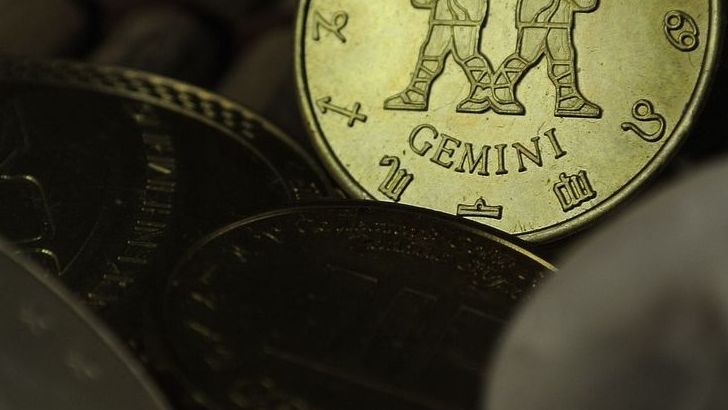
A Monument Born from Tragedy (Image Credits: Pixabay)
Los Angeles’ Koreatown – weeds push through cracked planters along Wilshire Boulevard, casting long shadows over a site meant to inspire hope on what should have been a day of reflection.
A Monument Born from Tragedy
Picture this: It’s 1968, and the nation is reeling from yet another assassination. Robert F. Kennedy, the senator who spoke to the soul of a divided America, falls in the Ambassador Hotel ballroom right here in Koreatown. That raw moment sparked a vision years later. In 2010, after painstaking planning, the RFK Inspiration Park Memorial rose up, a tribute etched with his words of unity and justice.
The design, crafted by artists May Sun and Linda Taalman, weaves in elements like flowing water and etched quotes to symbolize Kennedy’s push for peace. Families visited, school groups learned, and it stood as a beacon amid the urban hustle. Yet, fast-forward to today, and that beacon flickers dimly.
The Stark Reality Today
On November 20, 2025 – RFK’s 100th birthday – the memorial greets visitors with graffiti scrawls and scattered debris, from crumpled chip bags to shattered glass. Orange sandbags slump inexplicably on ledges, while overgrown beds choke with weeds. It’s a far cry from the polished unveiling that drew Kennedy family members and dignitaries.
This isn’t just cosmetic wear; it’s a symptom of broader urban woes. The site, now part of the Robert F. Kennedy Community Schools under LAUSD, has slipped through maintenance cracks. Local observers note how the fence keeps people out, but it can’t shield the decay inside.
Voices from the Creators
May Sun, one of the original designers, stood there recently, her disappointment palpable as she peered through the bars. She designed it to honor not just RFK, but the resilience of the community hit hard by the 1968 events and the 1992 riots. Now, she urges the school district to step up, calling the state “shocking and unsurprising” given LA’s strained resources.
Kennedy relatives echo her plea, emphasizing how the memorial’s neglect dishonors a legacy of compassion. They’ve reached out to LAUSD, hoping to rally support for restoration. Still, no firm timeline has emerged, leaving the site in limbo.
Why This Matters in 2025
In a city grappling with homelessness and budget shortfalls, sites like this often get deprioritized. Yet, the memorial’s location – steps from where history turned tragic – makes its condition a poignant reminder of unfulfilled promises. It was meant to foster inspiration in a diverse neighborhood, drawing parallels to RFK’s work with immigrants and the underserved.
Recent incidents nearby, like a school lockdown over a gun threat in June, highlight the area’s challenges. These add layers to the neglect, turning a place of remembrance into one of caution.
Steps Toward Revival
Reviving the site wouldn’t take a fortune, experts say. Basic cleanup, graffiti removal, and garden refresh could start immediately. Here’s a simple breakdown of potential fixes:
- Clear debris and weeds to restore the natural flow of the park.
- Repaint and repair the monument’s surfaces for lasting protection.
- Install better lighting and security to deter vandalism.
- Engage community volunteers for ongoing upkeep.
- Partner with historical groups for educational programs.
LAUSD has acknowledged the concerns, but action lags. Community leaders suggest crowdfunding or grants from preservation funds to bridge the gap.
Lessons from a Neglected Legacy
This memorial’s story isn’t isolated; it’s a mirror to how cities honor – or forget – their past. RFK championed the marginalized, and letting his tribute crumble feels like turning away from that fight. As Los Angeles evolves, preserving these spaces could reignite the inspiration they were built for.
Key Takeaways
- The memorial’s decay reflects wider urban maintenance struggles in LA.
- Restoration calls come from artists, family, and locals alike.
- Simple steps could transform it back into a vibrant community asset.
Ultimately, RFK’s words on the walls – about bridging divides – challenge us to do better. What steps would you take to save a piece of history like this? Share your thoughts in the comments.




